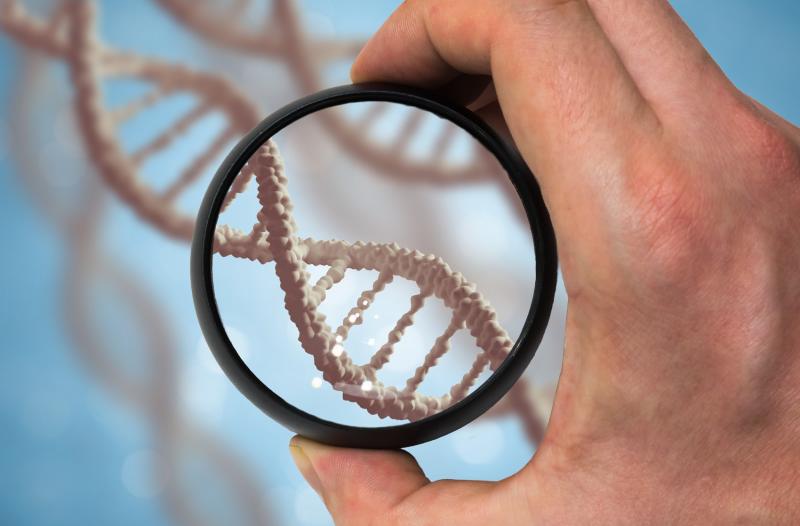 A gene, CDH13 has been found to have a strong effect in causing ASD.
A gene, CDH13 has been found to have a strong effect in causing ASD.Genetic variations in the virus do not seem to impact the severity of the coronavirus disease 2019 (COVID-19), according to a recent study.
“Two major lineages of the virus derived from one common ancestor may have originated independently from Wuhan in December 2019 and contributed to the current pandemic, although no major difference in clinical manifestation or transmissibility was found between them,” researchers said.
From the 326 enrolled patients, four subcategories emerged: five patients were found to be asymptomatic; 12 had severe disease, defined as having symptoms of dyspnoea and expanding ground-glass opacities; 16 were critical cases, whose condition had progressed to acute respiratory distress syndrome (ARDS); and majority (n=293) had mild COVID-19, characterized as fevers and pneumonia. [Nature 2020;doi:10.1038/s41586-020-2355-0s]
Six patients died, resulting in a mortality rate of 1.84 percent, and 315 (96.63 percent) had been discharged.
Phylogeny analysis of viral genomes from 94 cases, along with 221 sequences from the GISAID* database, showed that two major clades are currently in circulation. Both groups included diagnoses from December 2019.
Several subclades fell under clade I and were characterized by substitutions such as D-to-G variation in the 614th residue of the S protein. Two variations distinguished clade II from clade I, located in open reading frames 8 and 1ab.
Clinically, however, the two clades were largely comparable, showing statistically similar degrees of severity (p=0.88) and virus shedding after onset (p=0.79), as well as effects on lymphocyte count (p=0.79), CD3 T-cell counts (p=0.21), C-reactive protein levels (p=0.83), and D-dimer levels (p=0.19).
“Thus, these two clades of viruses exhibited similar pathogenic effects despite their genome sequence variations,” the researchers said.
This, however, did not agree with some reports that suggest functional differences brought about by genetic mutations.
“The presumed difference in transmissibility might be due to sampling bias, since the early uploaded sequences in the GISAID database were recovered from a limited number of critically ill patients, and duplicate assemblies from the same patients were not uncommon,” the researchers explained. [N Engl J Med 2019;382:727-733; Nature 2020;579:270-273; Nat Sci Rev 2020;doi:10.1093/nsr/nwaa036]
In comparison, host factors appeared to be important for disease severity. Coexisting conditions, for example, significantly suggested greater disease progression (p=0.01). Other significant host factors were age (p<0.0001), lymphocyte counts on admission (p<0.0001), and sex (p=0.014).
Multivariate analysis revealed that age (p=0.002) and lymphocytopoenia (p=0.002) were the only independent predictors of disease progression.
The researchers also found that five patients (1.53 percent) showed detectable levels of virus shedding despite not showing obvious symptoms.
“Our data provide further evidence for the respective roles played by the viral and host factors in disease mechanism and underscore the importance of early intervention in therapy,” the researchers said.